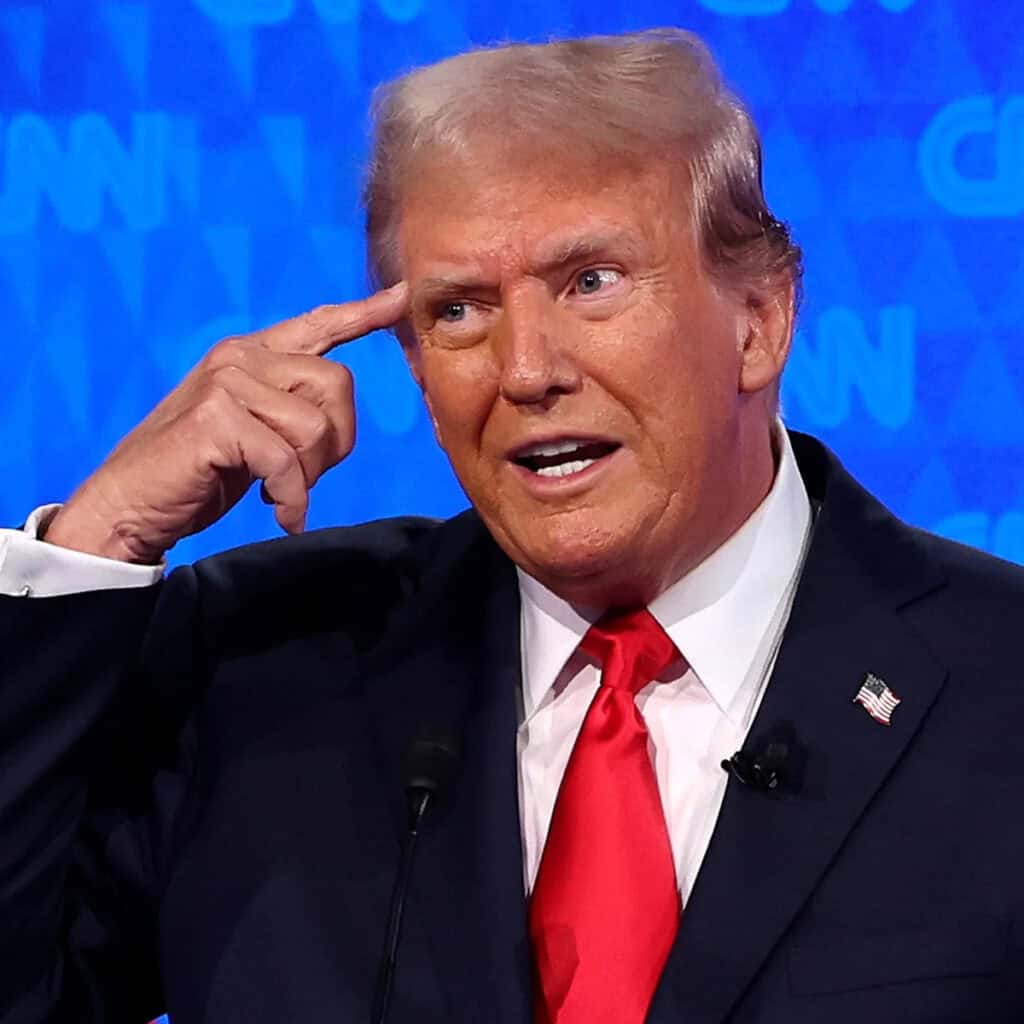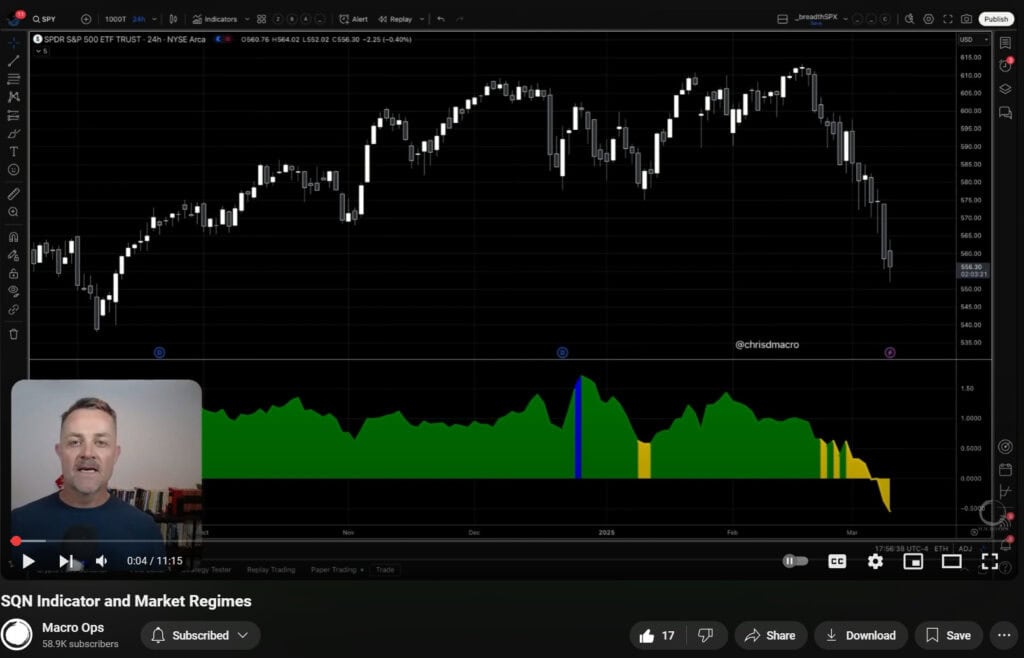Tyler here.
It seems intimidating to tackle an endeavor where 90% of participants fail. The little voice whispers:
Wow, nine out of ten people fail at this? What makes me so special then?
And yet, consider:
- Nine out of ten small businesses fail.
- Nine out of ten Americans can’t stay on a diet.
- Nine out of ten Americans can’t get in the gym on a regular basis.
- The vast majority of Americans don’t have the discipline to work from a home office.
- That same majority lacks the basic business skills to run a corner grocery store…
Then too, consider the following in weeding out “the ninety percent:”
- Those who trade for entertainment.
- Those who trade because they like to gamble.
- Those who trade because they hate their jobs.
- Those who indulge in trading fantasies.
- Those who trade without willingness to learn.
- Those who refuse to admit their mistakes.
- Those who are just plain stupid (dumb as a box of hammers).
WHY THE 90% IS GOOD NEWS
Once we move past the initial fear of the 90% barrier – the notion that “9 out of 10” is daunting – we can see that a 90% failure rate is very good news.
Why? Because of the zero-sum nature of the trading game:
- If bad traders did not reliably lose money…
- Then good traders could not reliably win it.
- If the supply of bad traders dried up…
- Then winning traders would be in trouble.
- But the supply of bad traders is endless…
In Breaking Down A Market Edge, we explain how the mechanics of excess returns work. There’s only a set amount of alpha out there. Which means winning traders need must feast off of the errors of their inferiors in order to generate excess returns.
If this seems confusing, try thinking about it from the perspective of “who can make the fewest mistakes.” There is a collective pool of capital. The proper actions you take generate a positive expectation, which causes capital from that pool to flow towards your trading account. Meanwhile the mistakes you make generate a negative expectation, which causes capital to flow out of your trading account, back into the pool, and ultimately toward someone else. The picture is still one of a minus sum game, in which all participants compete and the house takes a vigorish — but you win by focusing deeply on the quality, clarity and consistency of your own actions. Your profits come from the 90%, but your focus is not on them… it is internal.
Good traders make money from bad traders (and bad investors)… and the supply of bad traders is endless. Human nature makes it so. For the past 100 years, the game has not fundamentally changed. The suckers will always hand over their money to the sharps.
Livermore has been saying this since his day (via Reminiscences)
At first, when I listened to the accounts of old-time deals and devices I used to think that people were more gullible in the 1860’s and 70’s than in the 1900’s. But I was sure to read in the newspapers that very day or the next something about the latest Ponzi or the bust-up of some bucketing broker and about the millions of sucker money gone to join the silent majority of vanished savings…
It will not change for the next 100 either…
As a winning trader, your profits do NOT depend on:
- a booming economy
- a hot new technology
- inside information
- super powerful computing software
- a secret “holy grail” trading recipe
- a magical “genius” level talent
- or anything of the above nature
Instead, your profits depend on the continuing presence of bad traders (the 90%) making mistakes that allow you, the 10% minority, to profit over time… and that supply will NEVER END.
So rejoice the 90% failure rate! That’s where the pile of money comes from for the sharps to harvest. As long as you don’t become part of the 90% trading will prove fruitful.
Going forward, how do you ensure that you stay in the 10% and don’t fall into the 90%?
- Test your process! Before committing hard earned dollars to a trading program make sure properly vet your strategy. Does it make logical sense? Has it made money in the past? Do you have reason to believe it will continue making money in the future? Can you identify the sucker or group of suckers that will provide you with excess returns?
- Continuously improve. The ‘vetting” process in trading never ends. Record your trading results, track the performance, and adjust fire.
- Maintain emotional control. Play to win not to feel good. Emotions are a traders worst enemy, do whatever possible to control them and separate them from the trading process.
- Never assume what you read in on a blog, textbook, of white paper is true! The trading advice might actually be helpful, but the 10%’ers will verify the claims through their own research. The 90% shortcut the process and immediately implement what they read on Fintwit or a random financial blog.
- Join a community of like minded 10%’ers who will help you grow. Putting yourself in the company of an elite crew, will help keep your edge sharp.









